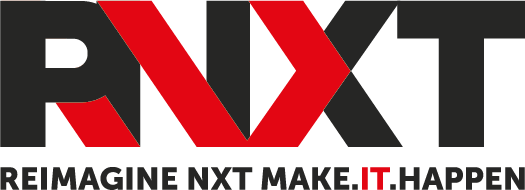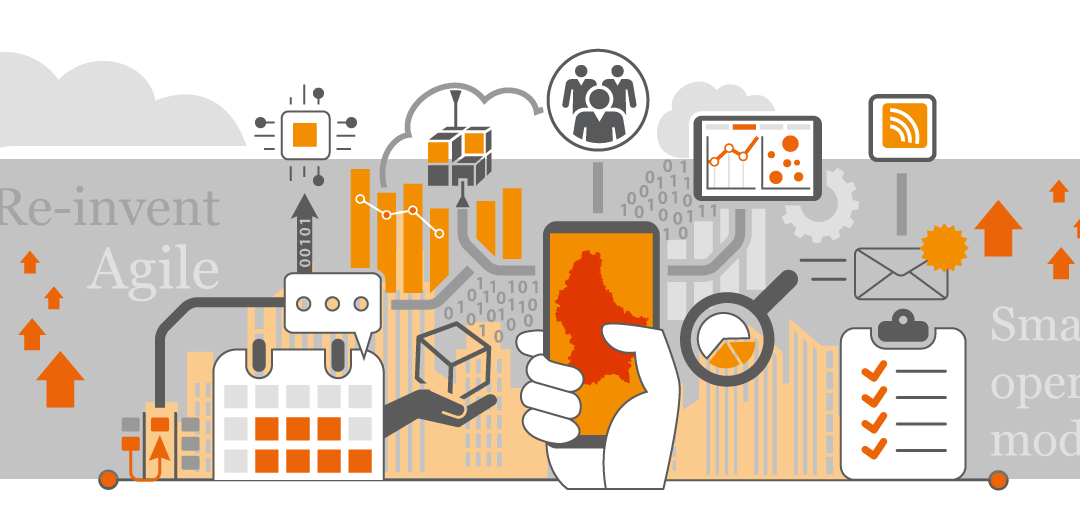The goal for every type of insurer—Property and Casualty(P&C), life, health, and more— is to remain competitive and improve speed-to-market while fulfilling evolving client needs. And this is made possible by the industry experts by keeping pace with the Insurtech movement of harnessing new digital capabilities. Today, with the emergence of innovative technological services and solutions, getting insurance quotes can be as easy as clicking a button, managing coverage can typically be achieved via a mobile app, and paper insurance cards are mostly outdated.
Modern technology in the insurance industry provides game-changing solutions to fill gaps in both capabilities and offerings and thereby enhance processes across the insurance value chain.
These emerging technologies help address customer demand, create efficiencies, and reduce costs in the insurance industry.
While adapting to the recent insurance technologies was a difficult experience for many carriers, it enormously benefitted those who did. From underwriting and claims to the customer journey and distribution techniques, let us look at the top insurance technology trends that’s disrupting the insurance sector, including telematics, drones, AI, wearables, robo-advisors, and virtual reality.
BLOCKCHAIN
For an industry that relies on troves of secure data, blockchain technology could trigger “the transformation of business transactions and information exchange and disposal of high-cost layers of overhead dedicated to verification. It provides the digital resources and hub for the smooth flow of data streams and transactions.
Blockchain technology is being used to create efficient claims management, greater security of data and reducing fraud. This provides many benefits for both the insurer and consumers by disrupting the current system that can be time consuming, prone to errors and offers low transparency. Blockchain’s impact will be seen in consumer trust, Enhanced efficiencies, Improved claims processing, Fraud detection and prevention.
TELEMATICS
Telematics is allowing carriers to capture user data and create personalized usage-based insurance products. The use of telematics technology is a means for insurers to reward safer drivers by providing them with reduced premiums It can also assist auto carriers in saving money on fraudulent or inaccurate claims aside from providing usage-based insurance and personalized discounts.
For ex, Telematics can be thought more like a wearable technology for your car in insurance technology. Cars can now be equipped with monitoring devices — think Progressive’s Snapshot — that measure various indicators like data on speed, location, accidents, and more, which is all monitored and processed with analytics software to help determine the policy premium.
The benefits of telematics are plentiful for both insurers and insureds. Telematics in P&C insurance will: Lower claims costs for insurers and Change carrier to customer relationships from reactive to proactive.
ARTIFICIAL INTELLIGENCE (AI)
The use of artificial intelligence (AI) has rapidly expanded with Insurers using advanced algorithms to improve the underwriting process and provide better customer analytics. The key to meet the high-speed demands of modern clients is to use AI’s capabilities to leverage the vast amounts of consumer data available to create personalized experiences based on an individual’s behavior and habits.
Additionally, with AI insurers can improve claims turnaround cycles. AI also allows insurers to access data more quickly and cut out human element leading to more accurate reporting.
AI’s initial impact will become profound over time with identifying, evaluating, and underwriting emerging risks and identifying new revenue sources.
MACHINE LEARNING
Machine learning enables the digital files and the ones accessible via cloud to be analyzed using pre-programmed algorithms, improving processing speed and accuracy. It can not only improve claims processing but can even automate it. This automated review can impact more than just claims it can also be used for policy administration and risk assessment.
Machine learning also prevents fraud by using large data sets to produce predictions based on known outcomes.
INTERNET OF THINGS (IOT)
Internet of Things (IoT) is a means for insurance companies to automate much of the data shared by consumers and use data from IoT devices such as the components of smart homes, automobile sensors, and wearable technologies to better determine rates, mitigate risk, and even prevent losses in the first place. Insurance companies can monitor and track the condition of insured assets, gather data on usage habits, predict when devices may fail and more providing many benefits for both the insurer and customers by reducing claims costs that result from accidents or poor handling of devices.
IoT will bolster other insurance technology with first-hand data, improving the accuracy of risk assessment, giving insureds more power to directly impact their policy pricing, and insurers the opportunity to improve accuracy and revenues.
LOW CODE
Traditionally, digital transformation depended on expensive IT talent to implement and manage various digital channels. But with the advent of low-code and no-code platforms today, insurers can deploy updates, and get to market with new products efficiently and accurately. new advances in software-specific coding platforms have made this process easier than ever before. Low-code configuration tools allow business stakeholders to update and manage apps and software using an intuitive, user-friendly drag and drop functionality. insurers will be able to quickly implement new and different user interface (UI) features that customers demand, in a fraction of the time usually required. The biggest benefits of low-code development are – Drastically increased speed to market and the ability to build foundational features that can be expanded upon.
VIRTUAL ASSISTANTS (CHATBOTS) AND NATURAL LANGUAGE PROCESSING (NLP)
Utilizing AI and machine learning, conversational AI-based chatbots can interact with customers seamlessly, saving everyone within an organization time – and saving insurance companies money. A bot can walk a customer through a policy application or claims process, reserving human intervention for more complex cases.
Geico’s “Kate” is a virtual assistant that communicates with customers via text or voice, aiding in policy questions and coverage inquiries, available 24/7.
Insurers can drastically reduce costs and turn-around time by adopting such high-quality digital assistants
DRONES AND ROBO ADVISORS
Unmanned drones are an insurance technology tool that will be utilized more by carriers in coming years. They can be used across many stages of the insurance lifecycle – collecting data to calculate risk before issuing a policy, aiding in preventative maintenance, and assessing damage following a loss. Farmers Insurance is a notable example, as they deploy Kespry drones to aid risk and damage assessment on homes. These drones perform roof inspections and other assessments, and the drones transmit their data to the cloud for analysis. This is yet another instance of IoT and other technologies working together in the insurance industry. Today, many insurers are expanding the use of drones and robotics to offer better risk management and improve claims efficiency.
PREDICTIVE ANALYTICS
Predictive analytics works by taking historical data and feeding it into models that are trained over time (machine learning), generating predictions about trends and behavior patterns. This enables insurance companies to make informed decisions about quoting, workload optimization, product recommendations, and more.
During quoting, insurers can leverage machine learning algorithms to process historical or synthetic data to identify the most successful sold plan designs for specific group sizes and industries, speeding up the sale of a new plan. Off late, insurance companies can use predictive analysis for Identifying customers at risk of cancellation, Pricing, and risk selection, identifying risk of fraud, triaging claims and Identifying outlier claims
Insurance carriers are always searching for the newest and best developments in insurance technology to not just stay ahead of their competitors, but also deliver the experiences customers expect in the modern market
.

